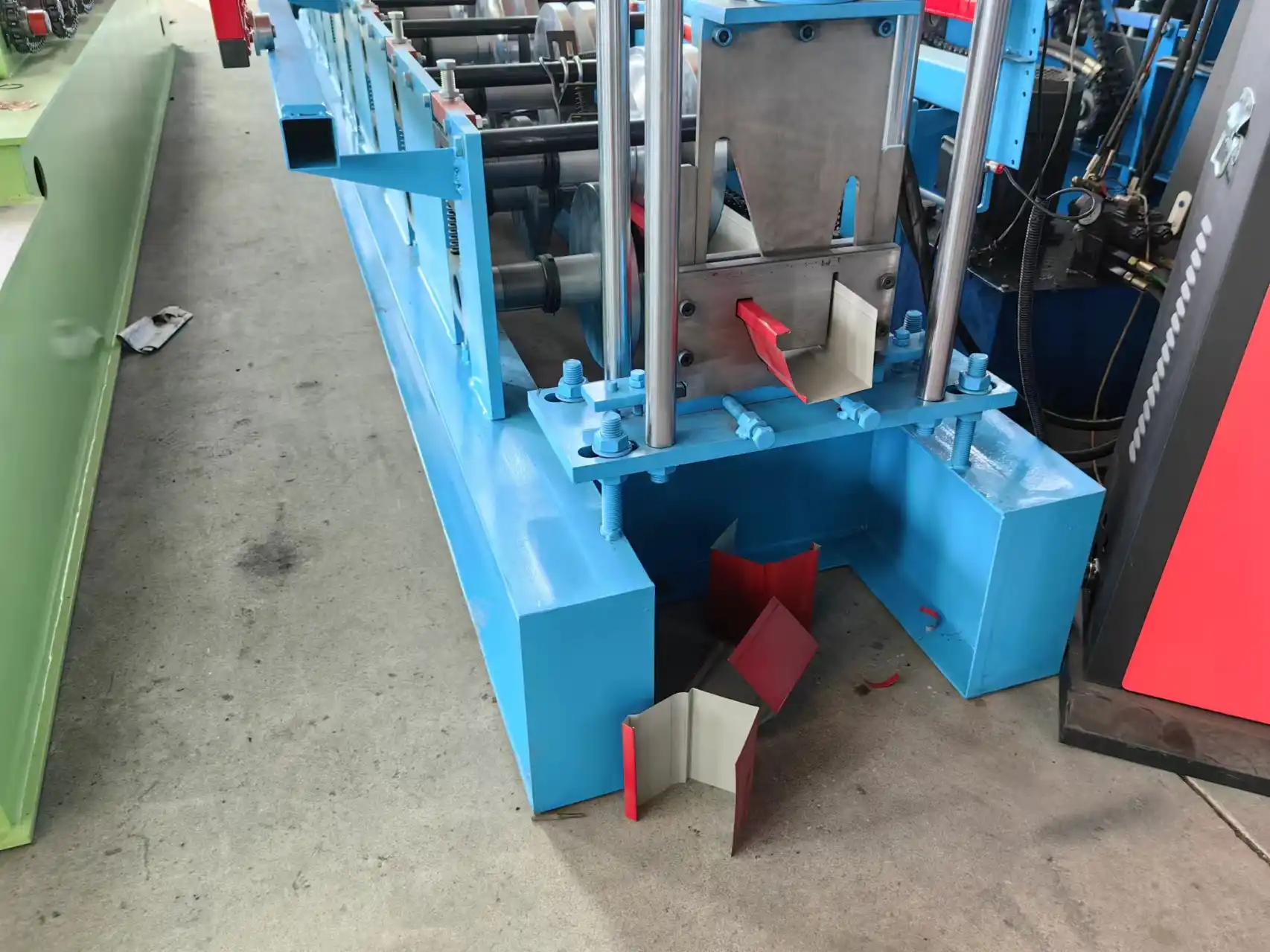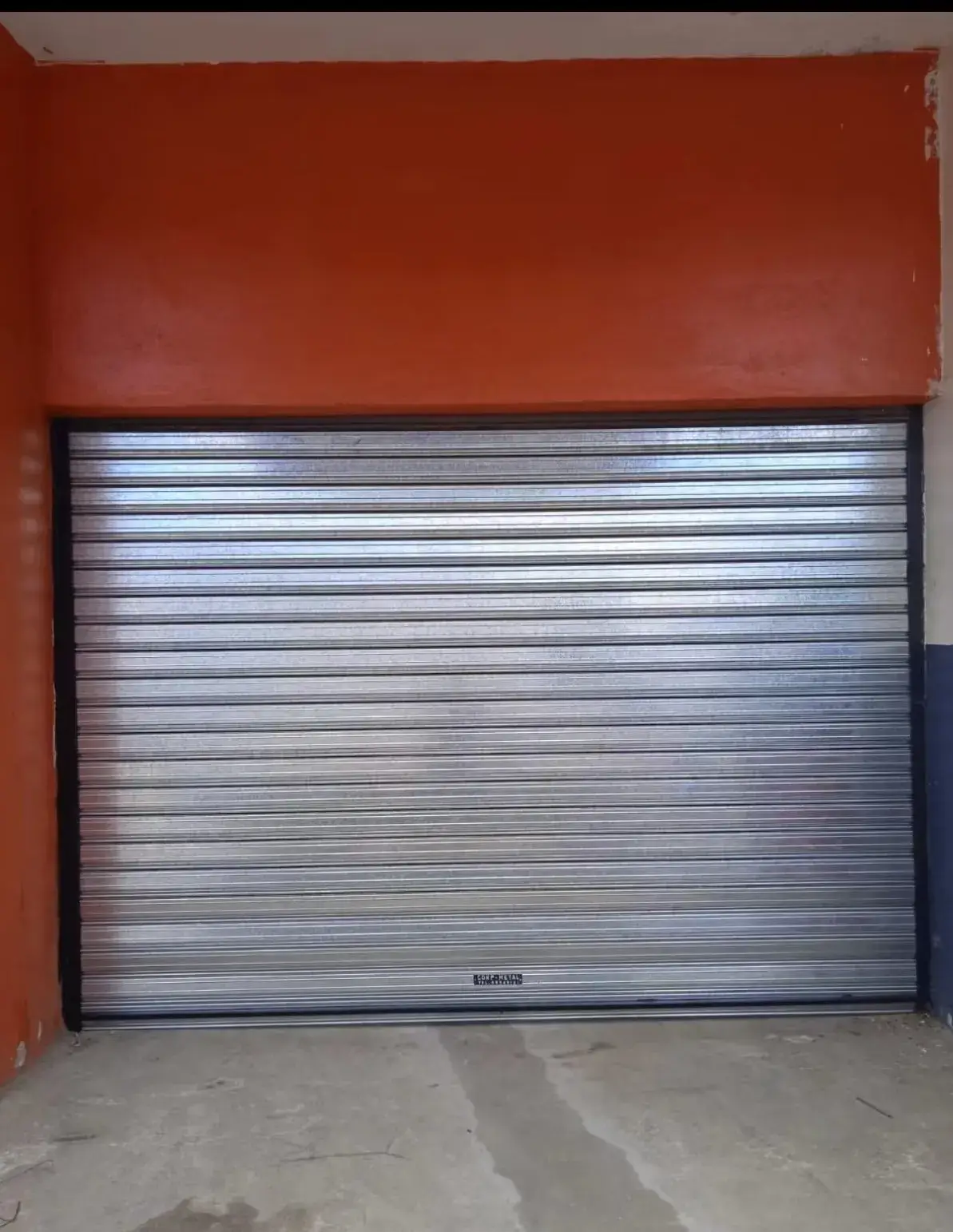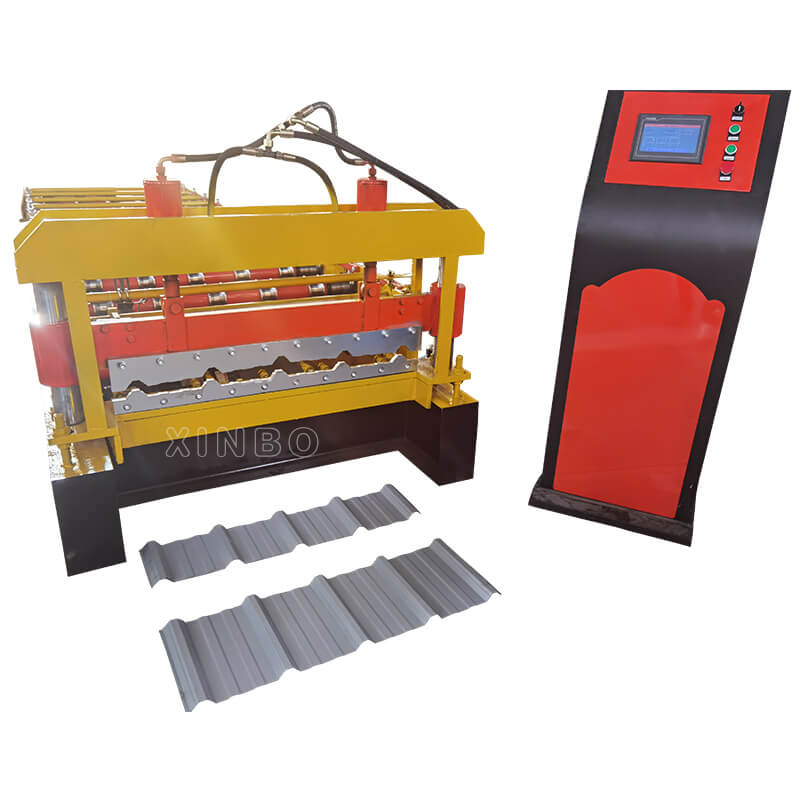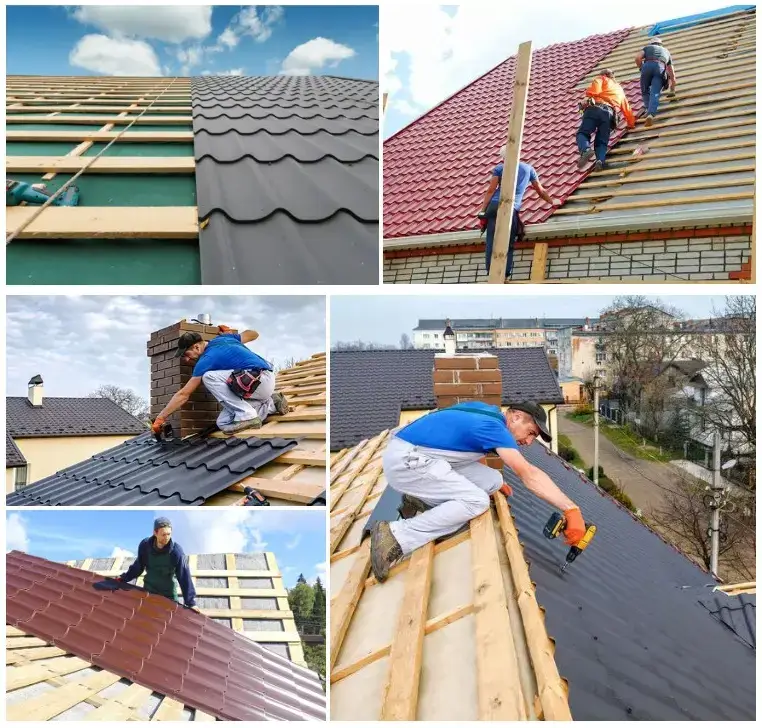Unlock The Secrets to Perfect Gutter Machine Adjustments
A well-adjusted gutter machine is the backbone of any efficient gutter installation process. Understanding the intricacies of these machines can save you time, reduce waste, and ensure high-quality results. In this comprehensive guide, we will walk through the fundamental principles of gutter machines, the importance of proper adjustments, and detailed steps on how to achieve them.
Understanding Gutter Machines
What is a Gutter Machine?
A gutter machine is a specialized device used in the construction industry to form seamless gutters from a flat coil of metal, typically aluminum or copper. The machine operates by feeding the metal through a series of rollers and dies, which shape it into the desired gutter profile. This equipment is crucial for contractors and builders who need to produce custom-length gutters quickly and efficiently, directly at the job site.
Importance of Proper Adjustments
Proper adjustments of a gutter machine are essential for several reasons. First, they ensure that the gutters produced are of high quality, with uniform dimensions and a precise fit. Second, well-adjusted machines help to reduce material wastage, which can lead to cost savings. Finally, accurate adjustments minimize the risk of machine breakdowns, thus prolonging the equipment’s service life and avoiding costly repairs.
Quality is of utmost importance to XINBO. Each machine undergoes three rounds of inspection before being shipped to customers. This rigorous quality inspection process guarantees that the machines meet the highest standards and are free from any defects or issues.
Common Issues Without Adjustments
Without regular adjustments, a gutter machine may face several issues. These include misalignment of the gutter profile, leading to gutters that do not fit properly on the building. Additionally, poorly adjusted machines can cause uneven cuts and deformities, resulting in wasted material and increased costs. Over time, neglecting necessary adjustments can also lead to excessive wear and tear on the machine’s components, causing breakdowns and costly repairs.
Tools and Equipment Needed

Essential Tools for Adjustment
Adjusting a gutter machine requires a set of specific tools. These typically include a set of wrenches for loosening and tightening bolts, a tape measure for verifying dimensions, and a flathead screwdriver for minor adjustments. Additionally, a feeler gauge can be useful for checking the spacing between rollers and dies to ensure uniformity. It is also beneficial to have a set of pliers and a mallet for making finer adjustments.
Safety Gear and Precautions
When working with a gutter machine, safety should always be a priority. Essential safety gear includes gloves to protect your hands from sharp edges and safety glasses to shield your eyes from flying debris. Hearing protection is also advisable, particularly in noisy working environments. Always ensure the machine is powered down before starting any adjustment work to avoid accidental injuries.
Step-by-Step Guide to Gutter Machine Adjustment
Inspecting the Machine
Checking for Wear and Tear
The first step in adjusting a gutter machine is to thoroughly inspect it for any signs of wear and tear. Look for worn-out rollers, damaged dies, and loose bolts or screws. Ensure that the machine’s feeding system is smooth and not obstructed by debris. Regular inspection helps identify parts that need replacement or repair, preventing more significant issues down the line.
Identifying Adjustment Points
Next, identify the specific points on the machine that require adjustment. These typically include the rollers, which shape the metal, and the dies, which cut it to size. Look for any misalignment or irregular spacing between these components. Adjustment points may also include the tension settings, which ensure that the metal is fed through the machine smoothly without slipping or jamming.
Preparing the Machine for Adjustment
Powering Down Safely
Before making any adjustments, it is crucial to power down the gutter machine safely. Disconnect the power supply to prevent accidental activation. If the machine is pneumatic or hydraulic, ensure that the pressure is released to avoid any unexpected movements. Wait for all moving parts to come to a complete stop before proceeding.
Cleaning the Machine Surfaces
Clean the machine surfaces thoroughly before making any adjustments. Use a dry cloth to remove dust and debris, and a mild detergent for stubborn dirt or grease. Cleaning is vital as it ensures that the adjustments are made accurately, without any interference from foreign materials. It also helps to prolong the life of the machine by preventing buildup that can cause wear and tear.
Making the Adjustments
Adjusting the Rollers
Once the machine is clean and powered down, you can begin adjusting the rollers. Rollers are crucial as they determine the shape and quality of the gutter. Use a feeler gauge to measure the gaps between the rollers to ensure uniform spacing. Adjust the bolts accordingly to align the rollers precisely. If needed, use a mallet to make fine adjustments and ensure perfect alignment.
Tension Settings and Alignment
After adjusting the rollers, focus on the tension settings. Proper tension is crucial for the smooth feeding of the metal coil through the machine. Use the wrench to adjust the tension bolts until you reach the recommended tension level. Check the alignment once the tension is set, ensuring the metal feeds evenly without skewing or jamming. Misalignment can cause deformation in the gutter, so take the time to ensure everything is perfectly set.
Fine-Tuning for Precision
Finally, perform fine-tuning adjustments to ensure precision. Double-check all adjustment points, including rollers and tension settings. Make minor tweaks to ensure the gutter produced meets exact specifications. Precision in adjustment leads to a higher quality product and ensures the longevity of both the gutter and machine. Run a test piece of metal through the machine to verify the adjustments and make any necessary refinements.
Ensuring Long-Term Machine Efficiency
Regular Maintenance Procedures
Lubrication of Moving Parts
Regular maintenance is essential for the longevity and efficiency of your gutter machine. Lubricate all moving parts such as rollers, gears, and chains according to the manufacturer’s recommendations. Proper lubrication reduces friction, prevents rust, and ensures smooth operation. This simple step can significantly prolong the machine’s life and maintain its efficiency.
Routine Inspections and Servicing
In addition to lubrication, conduct routine inspections to identify any potential issues early on. Check for wear and tear, loose bolts, and other signs of damage. Regular servicing by a professional can also help maintain machine integrity. Scheduled inspections should include checking alignment, tension settings, and roller conditions to ensure consistent performance.
Troubleshooting Common Problems
Addressing Misalignment Issues
Misalignment is a common problem that can affect the quality of the gutters produced. To address this, carefully inspect the alignment of rollers and dies. Use a straightedge or laser alignment tool to ensure everything is perfectly aligned. If misalignment persists, consult the manufacturer’s manual for specific adjustment procedures or seek professional help.
Fixing Uneven or Improper Gutters
If you notice that the gutters produced are uneven or improper, it could be due to poor adjustment or worn-out components. Double-check all adjustment points and replace any worn-out rollers or dies. Adjust the tension settings to ensure the metal feeds properly through the machine. Running a test strip post-adjustment can confirm if the issue has been resolved.
Benefits of Properly Adjusted Gutter Machines
Enhanced Gutter Quality
A properly adjusted gutter machine produces high-quality gutters with consistent dimensions and a precise fit. Well-formed gutters contribute to the overall aesthetic and functionality of a building, ensuring effective water drainage and minimal maintenance issues. Quality gutters also improve customer satisfaction and can lead to more business opportunities.
Increased Machine Longevity
Proper adjustments and regular maintenance significantly increase the longevity of a gutter machine. By ensuring that all components are well-aligned, lubricated, and free of wear and tear, you minimize the risk of breakdowns and costly repairs. An efficiently operating machine provides reliable performance over the years, offering a better return on investment.
Improved Work Efficiency and Productivity
Well-adjusted gutter machines enhance work efficiency and productivity. With precise adjustments, the machine operates smoothly, reducing the time needed to produce each gutter. This increased efficiency allows contractors to complete projects faster, leading to higher productivity and the ability to take on more work. Efficient machines also reduce wastage of materials, contributing to cost savings.
In conclusion, mastering the adjustments of a gutter machine is pivotal for producing high-quality gutters, ensuring the longevity of the machine, and improving overall productivity. By following this comprehensive guide, you can unlock the secrets to perfect gutter machine adjustments and achieve superior results in your gutter installation projects.
XINBO offers ODM (Original Design Manufacturing) services, ensuring that their machines are designed and made according to customers’ requests. They have a team of professional engineers and technicians who can design detailed drawings based on customers’ needs in a short time. Additionally, XINBO‘s in-house workshop and CNC machining machines help save costs and ensure efficient production processes.
Related Posts

Good quality
XinBo machine making CO. LTD is a professional manufacturer and exporter in roll forming machine,
VIEW MORE→

 Spanish
Spanish Russia
Russia








